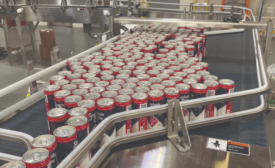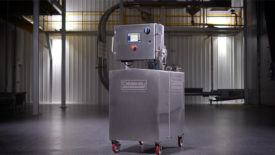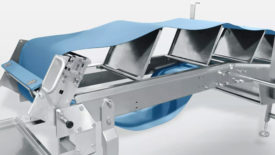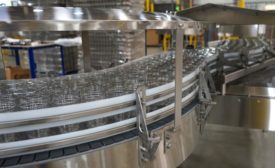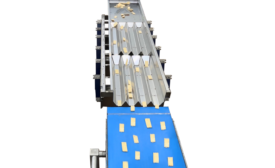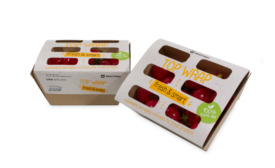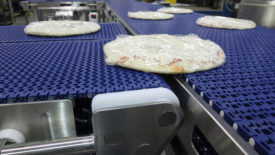Conveyors
A closer look at conveyor technology.
ARTICLES
Conveyors
Hygienic Improvements with Conveyors Allow Streamlined Packaging Process
Embracing efficiency
December 14, 2023
Machinery
Selecting the Right Sanitary Conveyor Platform for Food Packaging Application
Conveyors are a prime target for contamination, but understanding the nuance of how equipment works with specific applications ensures upgrade success.
March 8, 2022

